Home / Albums / Ancient / Ancient Egypt 140

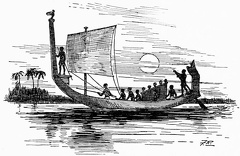 An Egyptian Boat of 6000 B. C.
An Egyptian Boat of 6000 B. C.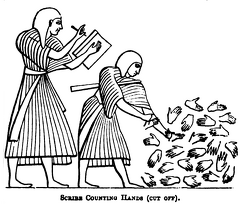 Counting hands
Counting hands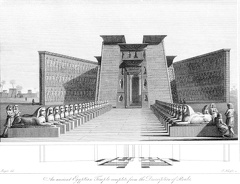 An ancient Egyptian Temple complete, from the Description of Strabo
An ancient Egyptian Temple complete, from the Description of Strabo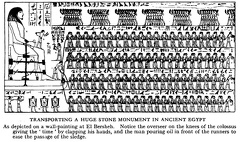 Transporting a huge stone monument in Ancient Egypt
Transporting a huge stone monument in Ancient Egypt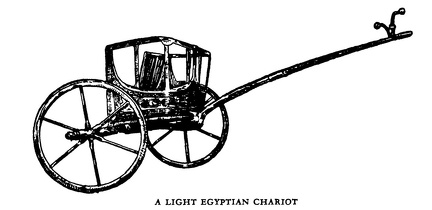 A Light Egyptian Chariot
A Light Egyptian Chariot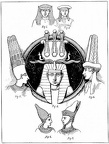 Egyptian
Egyptian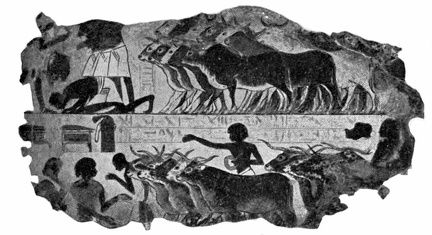 Vivid scenes of ancient life depicted by contemporary artists
Vivid scenes of ancient life depicted by contemporary artists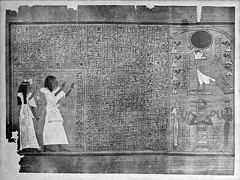 Ancient Egypt’s strange books and pictorial records, made of papyrus
Ancient Egypt’s strange books and pictorial records, made of papyrus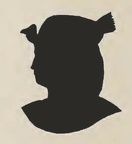 Egyptian
Egyptian Egyptian
Egyptian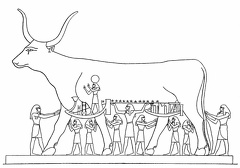 The Sky as a cow
The Sky as a cow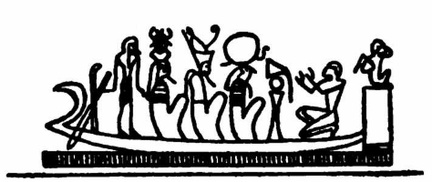 The bark of the sun
The bark of the sun The Sun-God of Edfu
The Sun-God of Edfu Scepters
Scepters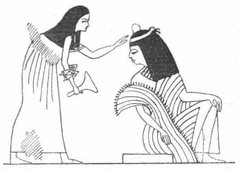 Egyptian wine
Egyptian wine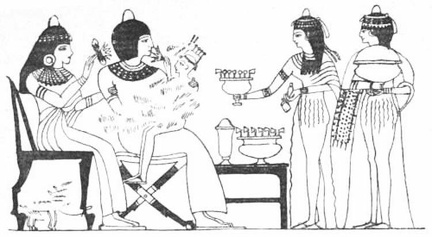 Egyptians’ Early Use of Wine
Egyptians’ Early Use of Wine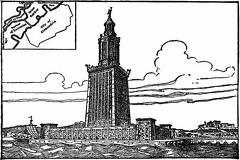 The Lighthouse of the Harbor of Alexandria in the Hellenistic Age
The Lighthouse of the Harbor of Alexandria in the Hellenistic Age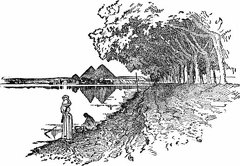 The Pyramids of Gizeh
The Pyramids of Gizeh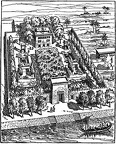 Villa of an Egyptian Noble
Villa of an Egyptian Noble King Narmer
King Narmer The God Amsu
The God Amsu The Goddess Apit
The Goddess Apit Amen-Ra, the King of the Gods
Amen-Ra, the King of the Gods Statue of Rânofir
Statue of Rânofir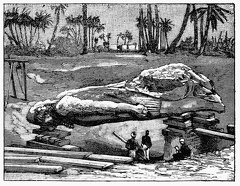 The Colossus of Ramses II emerging from the earth
The Colossus of Ramses II emerging from the earth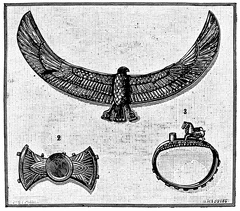 Egyptian jewellery of the XIXTH dynasty
Egyptian jewellery of the XIXTH dynasty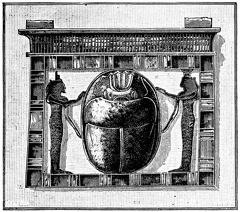 Gold pectoral inlaid with enamel
Gold pectoral inlaid with enamel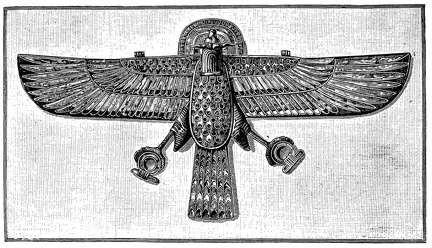 Pectoral in shape of a hawk with a ram’s head
Pectoral in shape of a hawk with a ram’s head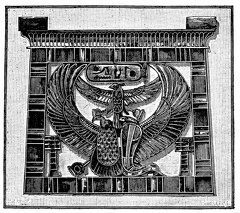 Pectoral of Ramses II
Pectoral of Ramses II Statuette in wood
Statuette in wood The lady Touî, statuette in wood
The lady Touî, statuette in wood Statuette in wood 2
Statuette in wood 2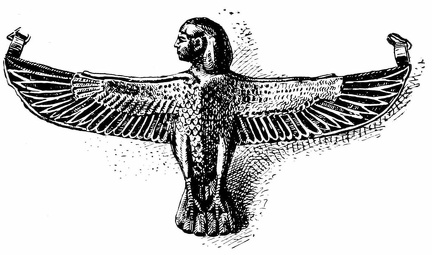 The Soul - front view
The Soul - front view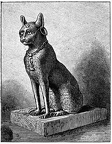 Bronze Cat
Bronze Cat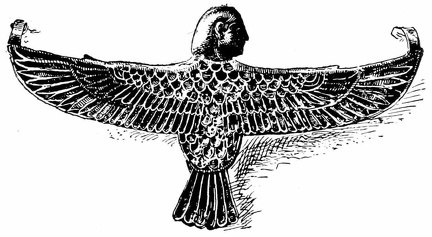 The Soul - back view
The Soul - back view Later Costume of Ethiopian Nobles
Later Costume of Ethiopian Nobles Ethiopian Noble Lady
Ethiopian Noble Lady Sewn Sleeveless Kalasiris
Sewn Sleeveless Kalasiris Egyptian king
Egyptian king Egyptian Queen
Egyptian Queen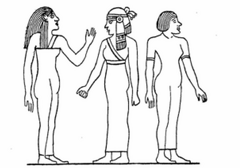 Egyptian Female Costume
Egyptian Female Costume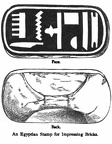 An Egyptian Stamp for impressing Bricks
An Egyptian Stamp for impressing Bricks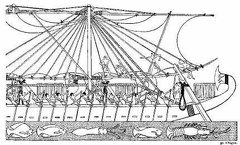 Egyptian Ships in the time of Hatasu
Egyptian Ships in the time of Hatasu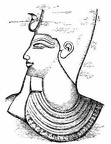 Head of Hatasu
Head of Hatasu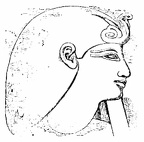 Head of Thothmes II
Head of Thothmes II Bust of Thothmes I, the first great Egyptian Conqueror
Bust of Thothmes I, the first great Egyptian Conqueror Head of Nefertari-Aahmes
Head of Nefertari-Aahmes Gallery in the Great Pyramid
Gallery in the Great Pyramid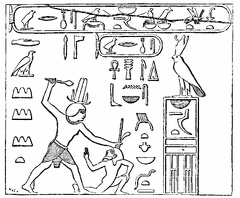 Tablet at Sneferu at Wady-Magharah
Tablet at Sneferu at Wady-Magharah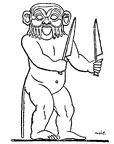 Figure of Bes
Figure of Bes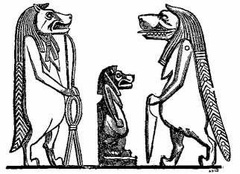 Figures of Taourt
Figures of Taourt Great Hall of Columns at Karnak (Restored)
Great Hall of Columns at Karnak (Restored) Head of Neco
Head of Neco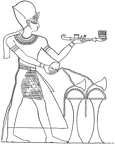 Burning of Incense
Burning of Incense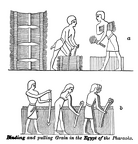 Binding and pulling grain in the Egypt of the pharaohs
Binding and pulling grain in the Egypt of the pharaohs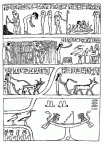 Anhai bowing before her father and mother. The Elysian Fields. From the Papyrus of Anhai (XXIInd dynasty)
Anhai bowing before her father and mother. The Elysian Fields. From the Papyrus of Anhai (XXIInd dynasty)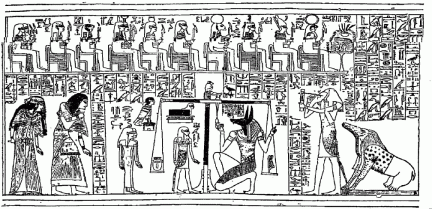 The weighing of the heart of the scribe Ani in the Balance in the presence of the gods
The weighing of the heart of the scribe Ani in the Balance in the presence of the gods The soul of Rā
The soul of Rā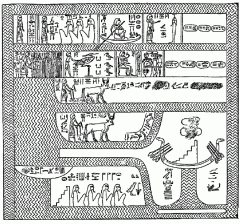 The Elysian Fields of the Egyptians according to the Papyrus of Nebseni (XVIIIth dynasty)
The Elysian Fields of the Egyptians according to the Papyrus of Nebseni (XVIIIth dynasty)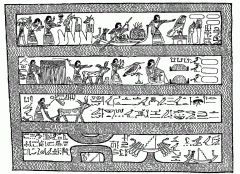 The Elysian Fields of the Egyptians according to the Papyrus of Ani (XVIIIth dynasty)
The Elysian Fields of the Egyptians according to the Papyrus of Ani (XVIIIth dynasty)



